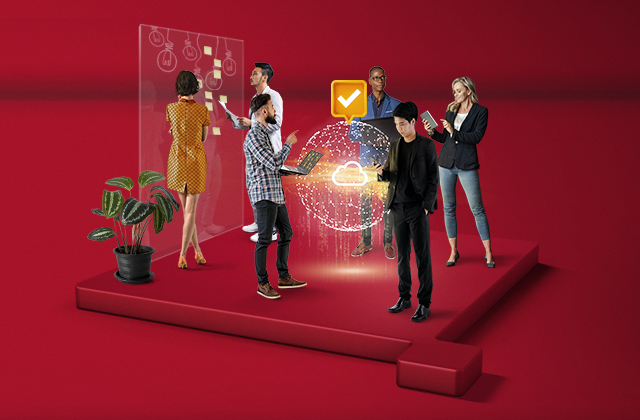Today, determining which tools and technologies will futureproof growth and ensure competitiveness has been added to their already well piled plate - an undertaking that would disturb the sleep of even the most well prepared and resourced IT team.
Alongside their colleagues across HR and facilities management, IT managers are already optimising the office to reflect the evolving use of these spaces. But with many employees spending only part of their working week in the office, and others working entirely remote, the gains of an optimised office quickly fall down if they don’t sync with the needs of a hybrid workforce.
In fact, our research suggests many organisations are not enjoying seamless collaboration. For example, 44% of employees do not have communication technology that facilitates seamless communication with remote colleagues.
In a difficult economic climate with many challenges on the horizon, businesses cannot afford such a disconnect. If the workplace experience fails employees, they’ll seek out other opportunities.
So, to ensure their organisations attract and retain the best talent, IT managers must challenge themselves on the impact of their digital transformation strategies. That means bringing employees along the journey of innovation and investment, encouraging them to engage with new tools and processes and, crucially, creating avenues for them to feedback and highlight any points of friction that are impacting productivity.
Gartner advises that this process should include setting “experience-level agreements” (XLAs) - which go far beyond the standard service-level agreements (SLAs) and ultimately measure employee experience with IT services and technology. To demonstrate their value, Gartner even included XLAs on its “innovation trigger” slope to show that when it comes to early-stage adoption and maturity of technology, they help measure end-to-end user experience so that businesses can optimise and improve the technology experience of employees, which leads to better business performance.
















